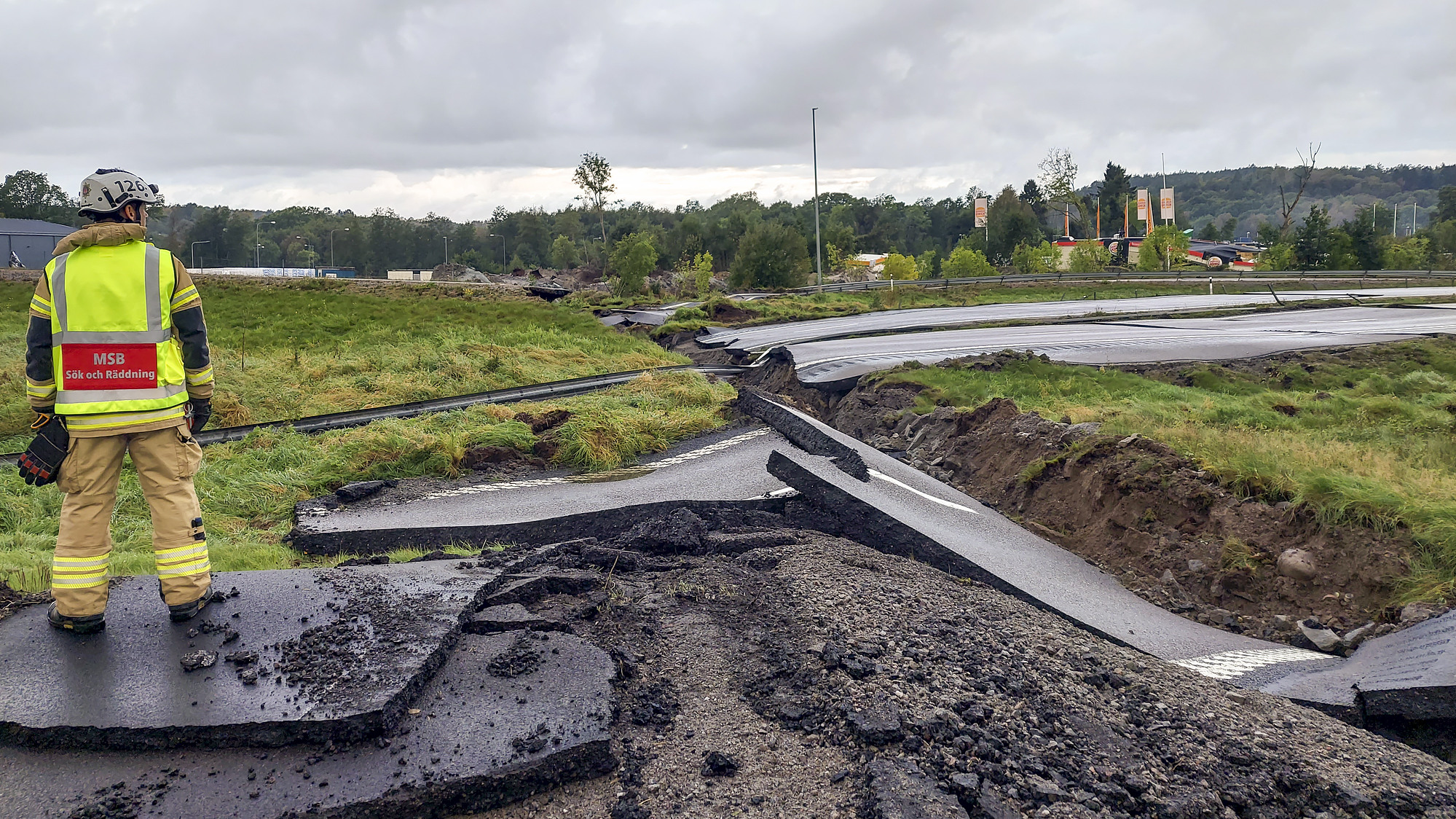Abstract
The Swedish geotechnical institute, SGI, has the mandate to prevent and minimize the negative impact of landslides, erosion and contaminated sites. SGI work to minimize the risks for landslides and to reduce the effects of such events, which includes giving geotechnical support to local Rescue Services. This article presents two examples. The first example highlights the ongoing work along the Göta River Valley aimed at minimizing the landslide hazards.
This area is one of the areas in Sweden most prone to landslides, which can affect both society and individuals. Moreover, the prerequisites of landslides will most likely increase with the changing climate. As a result of the mapping of landslide risks carried out by SGI in 2009-2011 [1], there are about 160 identified sub-areas along the river that need further investigation and possible mitigation measures. Many of the areas include quick clay.
The Swedish Government has given SGI the task of reducing the risk of landslides along the Göta River Valley. This work is being done together with the Delegation for the Göta River, which consists of members from the municipalities affected, organisations and other government agencies. Since the start in 2018 SGI has built up an organisation to support the municipalities in the work of preventing landslides.
The second example highlights SGI’s effort to support local Rescue Services, specifically the intervention following the quick clay landslide that occurred on 23rd September 2023 at the northern entrance to Stenungsund on the E6 motorway [2]. At 02.16 the on-call officer (geotechnical engineer) at SGI was contacted by SOS Alarm. Both southbound and northbound traffic were affected by the landslide. SGI decided that two geotechnicians should assist the rescue services at the site and that two geotechnicians should act as internal support to produce documentation, make assessments, and handle internal and external information requirements.
